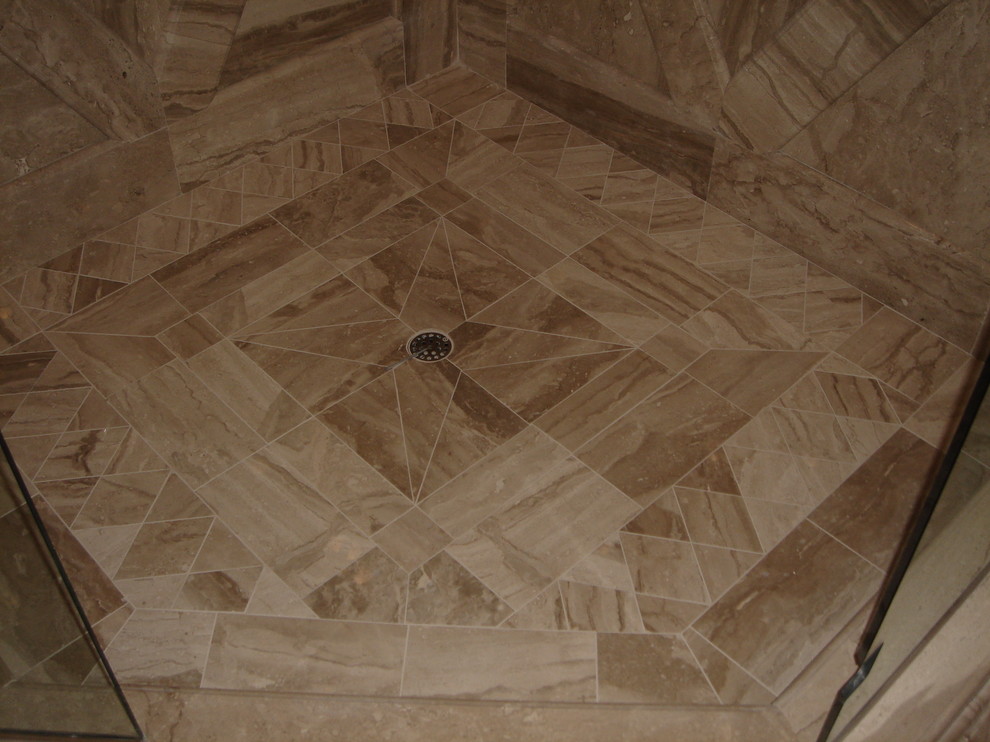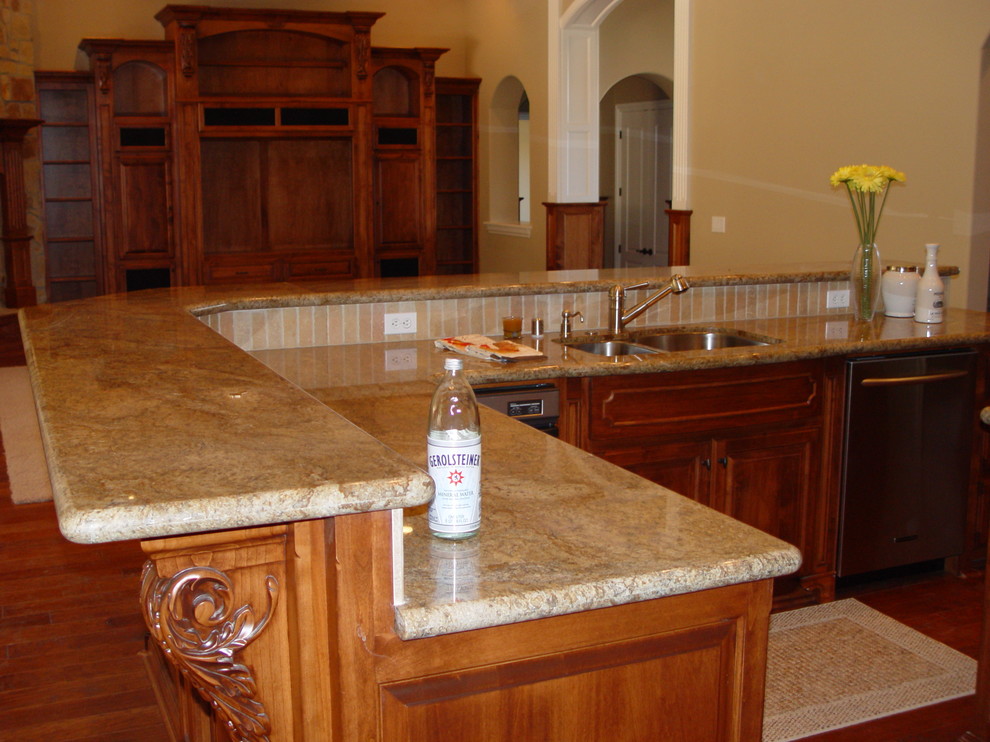
Tamura e Krüger (2018), da Universidade Tecnológica Federal do Paraná, apresentam, no sexto artigo, estudo feito em câmara climática para analisar a relação entre a iluminação e a percepção térmica e luminosa de ambientes. Rocha, Mendes e Oliveira (2018), da Pontifícia Universidade Católica do Paraná e da Universidade de Campinas, apresentam, no quinto artigo, uma aplicação da técnica de contagem de pixel em um programa de simulação energética de edificações para avaliar a evolução da mancha solar nas superfícies internas de edificações. No quarto artigo, Cartana, Pereira e Mayer (2018), da Universidade do Vale do Itajaí e da Universidade Federal de Santa Catarina, usam de modelagem paramétrica e fabricação digital para a análise do desempenho de elementos de controle solar complexos. Guidi, Abrahão, Veloso e Souza (2018), da Universidade Federal de Minas Gerais, desenvolvem um estudo sobre a influência do ambiente urbano no acesso à luz natural em edificações residenciais, apresentado no terceiro artigo.

O segundo artigo, de Dias, Carvalho, Hazboun e Pedrini (2018), da Universidade Federal do Rio Grande do Norte, trata da avaliação de métricas de iluminação natural avaliadas em condições de clima tropical. O artigo propõe uma abordagem metodológica para aproximação de crianças e posteriormente faz uma análise das preferências visuais dessas crianças em sala de aula. O terceiro número de 2018 da revista Ambiente Construído consiste em uma edição especial composta de 23 artigos que apresentam resultados de pesquisas de instituições de diferentes regiões do país e também da Argentina.Entre os onze artigos que são fruto do ENCAC 2017, o primeiro é de Vásquez, Pereira e Kuhnen (2018), da Universidade Federal de Santa Catarina.

Both algorithms succeed, but with different characteristics related to computer run time and accuracy.

The algorithms are applied and compared for a building based on the BESTEST 910 case, considering tropical weather of Rio de Janeiro, Brazil. Then, an economic viability model is presented, considering construction aspects such as insulation thickness, energy consumption and the number of installed solar panels. The optimization is based on mono-and multi-objective algorithms to solve a case study problem with two objectives to optimize: i) the cooling energy demand and ii) the payback period.
#DOMUS SURFACES SOFTWARE#
In this way, the paper presents optimization algorithms coupled to a software with a capability to precisely simulate solar radiation availability by using a graphical pixel counting technique and by integrating with external models via Functional Mockup Interface (FMI). In the design context of Near-Zero Energy Buildings (nZEBs) and smart cities, robust and versatile optimization methods are needed to be coupled to simulation tools. Finally, the shading masks show that despite all the development of modeling and simulation tools, the simple understanding of the solar geometry is still essential for the adequate performance of the solar control devices. It is important to highlight the effects of depth and inclination of the devices analyzed, respectively on the daylight distribution and selectivity in the admission of solar radiation between winter and summer. As main results, the solar control devices contributed to the control of solar radiation admission, better daylight distribution and glare reduction in the indoor analysis environment, confirming the reliability of the methodological procedures employed. For the measurements, through digital fabrication, a prototype used for glare evaluations through HDR photographs was made. For the simulations, the Diva-for-Rhino and Ladybug plug-ins were used.

Performance evaluations were performed by computational simulation and measurements in prototypes. As methodology, initially the Rhinoceros3D+Grasshopper digital tools suite was used for the parametric modeling of solar control devices. This pilot study aims to analyze the solar radiation transmission, daylight performance and glare reduction probability of complex shape solar control devices, developed with parametric modeling and digital fabrication.


 0 kommentar(er)
0 kommentar(er)
